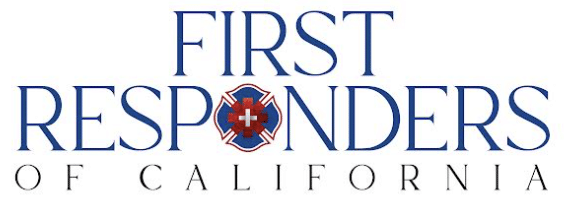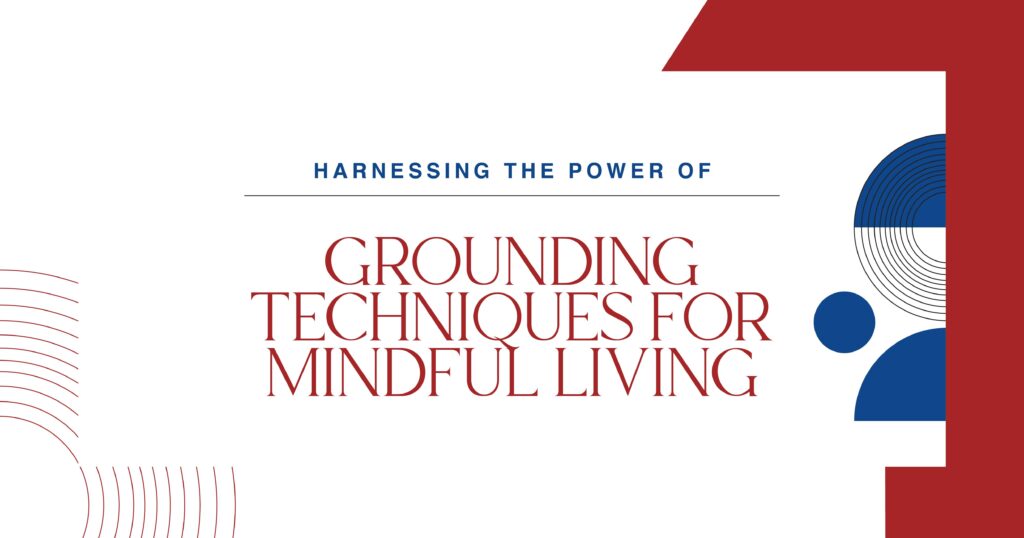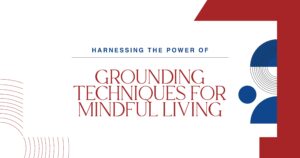Life often moves at a fast pace, leaving us feeling stressed and distracted. Grounding techniques are simple practices that help us reconnect with the present moment. These methods calm the mind, relax the body, and support emotional wellness. By practicing grounding, individuals can manage stress and build awareness in daily life. Whether through mindfulness, meditation, breathwork, or visualization, grounding tools empower us to center ourselves and find balance.
The Science Behind Grounding Techniques
Grounding works because it engages the senses and shifts focus to the present. Research shows that mindfulness reduces stress hormones and supports emotional health. When attention stays on the here and now, the nervous system calms and clarity improves. Simple grounding activities activate brain pathways connected with awareness and relaxation. This process strengthens focus and reduces overwhelming feelings. By practicing regularly, people learn to regulate emotions and respond to challenges with greater resilience.
Physical Grounding Methods
Physical grounding involves using the body and senses to anchor awareness. These practices work well when stress feels overwhelming.

Exploring the 5-4-3-2-1 Technique
This method uses the senses to redirect attention. Here’s how it works:
- 5 things you can see
- 4 things you can touch
- 3 things you can hear
- 2 things you can smell
- 1 thing you can taste
This step-by-step process pulls focus away from racing thoughts and back into the present moment.
Using Touch to Anchor Yourself
Touch is a powerful grounding tool. Holding an object, squeezing a stress ball, or pressing your feet into the floor creates a connection. These small actions remind the body it is safe and present. When combined with breathwork, the sense of security grows stronger.
Mental Grounding Techniques
Mental methods shift focus through thoughts, words, and awareness. They are helpful during anxiety or distraction.
Focusing on the Here and Now
Repeating simple phrases such as “I am safe” or “I am here” redirects attention. Writing down what you feel also provides clarity. These actions create mindful awareness and allow the brain to pause racing worries.
Engaging the Senses for Mental Clarity
Mental clarity grows when the senses are involved. Listening to calming sounds, describing surroundings in detail, or naming colors in a room engages focus. These small steps bring the mind back into balance.
Grounding Techniques for Emotional Regulation
Emotions can feel strong and overwhelming. Grounding helps regulate them by creating space between reaction and response. For example:
- Practicing visualization of calming places reduces anxiety
- Focusing on breathwork slows down the stress response
- Engaging in centering practices creates emotional balance
By practicing these tools, people learn to respond with calmness instead of reacting with fear or anger.
Benefits and Potential Challenges of Grounding Techniques
Like any practice, grounding has benefits and challenges.
Benefits include:
- Reduced stress and anxiety
- Improved focus and awareness
- Stronger emotional regulation
- More balance in daily life
Potential challenges include:
- Difficulty focusing at first
- Impatience with the process
- Discomfort when emotions surface
Benefits vs. Challenges
| Benefits | Potential Challenges |
| Reduces stress and tension | Requires practice and patience |
| Improves focus and awareness | May feel awkward at the start |
| Strengthens emotional regulation | Hard to stay consistent at times |
| Supports present-moment living | Can be resisted during high stress |
First Responders of California: Supporting Your Path to Balance and Emotional Wellness
At First Responders of California, we understand the value of mental wellness. Grounding practices can be powerful tools for balance and focus. Our team supports individuals who want to strengthen emotional health and develop mindful living habits. If you or someone you know needs guidance, we are here to help.
Contact First Responders of California today and take the first step toward balance, awareness, and emotional resilience.

FAQs
How can mindfulness and meditation enhance the effectiveness of grounding techniques?
Mindfulness and meditation calm racing thoughts and create focus. These practices help ground techniques work better by training the mind. When practiced daily, they deepen awareness and make centering easier in stressful moments.
What role does breathwork play in centering and maintaining focus during grounding exercises?
Breathwork slows the nervous system and reduces stress. It creates calm that supports grounding practices during overwhelming situations. Controlled breathing improves present-moment awareness and helps sustain focus.
How can visualization techniques aid in improving present-moment awareness and emotional regulation?
Visualization creates mental images that replace anxious thoughts. Imagining peaceful places builds relaxation and emotional control. This helps individuals manage feelings with clarity and balance.
Are there specific grounding tools that can increase sensory awareness and mental clarity?
Yes, tools like textured objects, calming scents, and soothing sounds boost sensory awareness. These tools support focus and improve clarity. They can be used anywhere, making grounding practices more accessible.
What are some common challenges faced while practicing grounding techniques, and how can they be overcome?
Challenges include restlessness, distraction, and impatience. Consistency and practice help overcome them. Setting small goals makes grounding easier and more effective.












